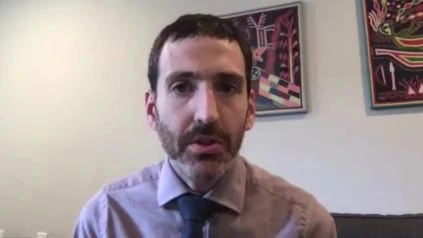Zachary Frosch, MD of Penn Medicine @PennMedicine answers how stratification of molecular risk in aggressive b-cell lymphoma is validated.
Diffuse large B-cell lymphoma (DLBCL) has become increasingly evident in recent years as not a single pathological entity. Wide-ranging diagnostic techniques such as immunohistochemical staining and fluorescence in situ hybridization (FISH) have helped to sub-categorize DLBCLs by their pathological characteristics and classify those associated with lower likelihood of cure with cyclophosphamide, doxorubicin, vincristine, and prednisone (R-CHOP) rituximab after typical first-line cure. This recognition has prompted expanded use of diagnostic testing to classify patients with high-risk severe lymphoma, the findings of which have often led physicians to give these patients alternative first-line care schemes in hopes of improving their chances of cure. Here, we will further discuss this idea of molecular risk stratification among patients with DLBCL or high-grade B-cell lymphoma (HGBL), identify possible weaknesses in current practice to conduct such stratification, and suggest how risk stratification can be applied more optimally now and in the future.
Read here:Â https://ascopubs.org/doi/full/10.1200/JCO.19.03069

